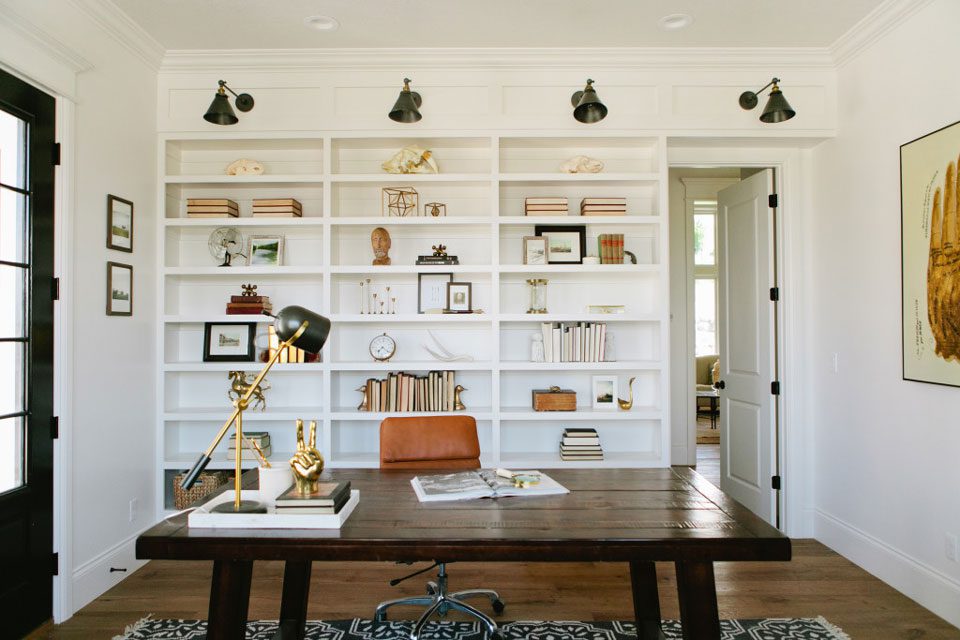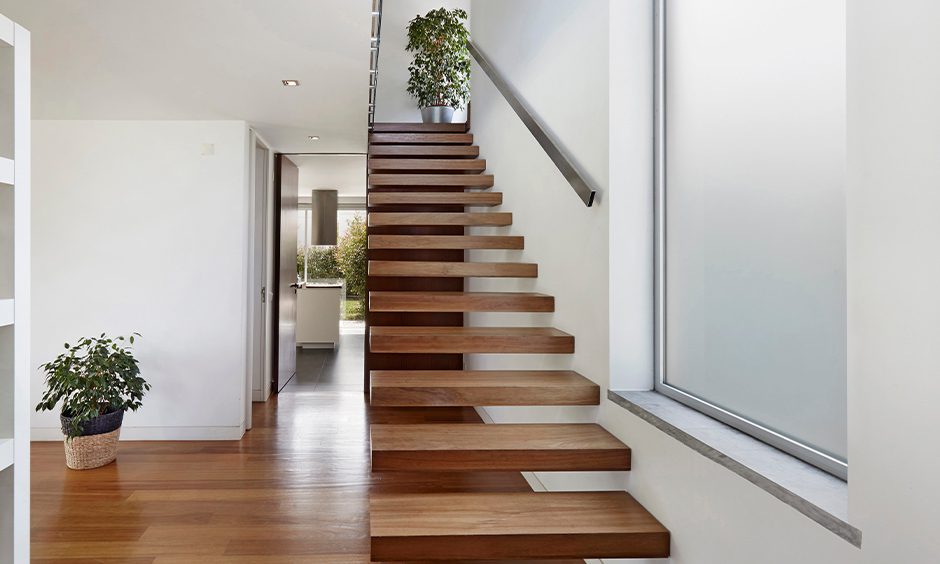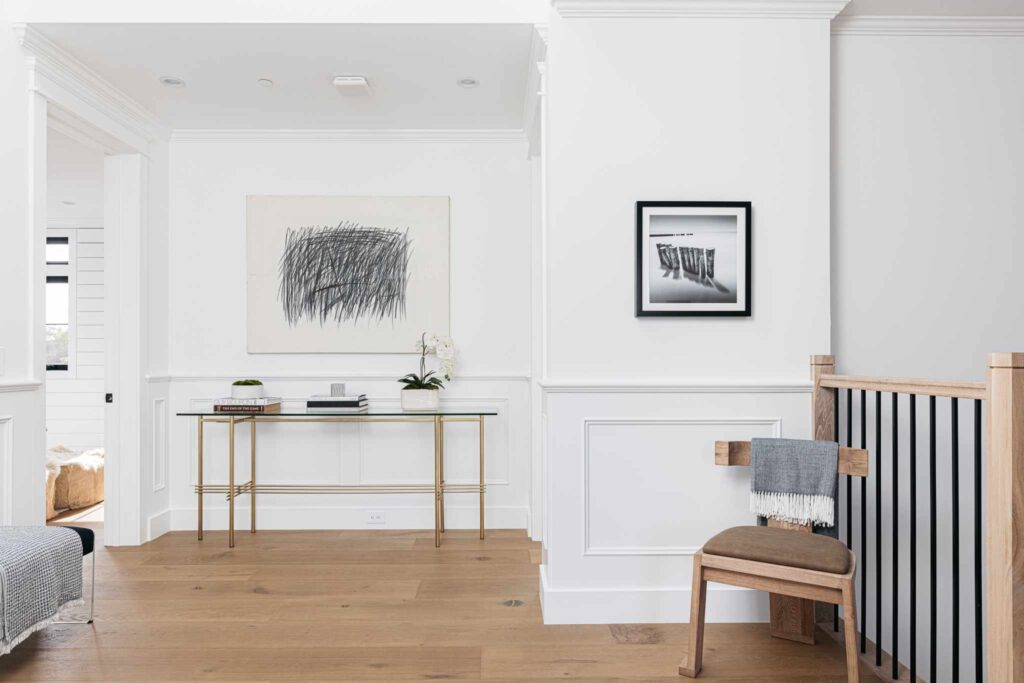Did you know that determining your needs, establishing a budget, and putting together a project schedule are crucial steps before beginning to build your custom home? Building a bespoke house may be thrilling. That being said, feeling overwhelmed is also common. There are a lot of distinct factors that you must consider. We’ve put up a guide to assist you in coming up with a distinctive design for your custom house. Add unique wall art, linens, and lighting fixtures to customize your house. For a distinctive touch, upcycle furniture and create custom shelving units. Make your separators for rooms and backsplashes. Customize the exterior and entryway décor to create a warm, eye-catching look that captures your sense of style and individuality.
If you’re interested in learning more, continue reading.
Stylish decor and environmentally conscious furniture and accessories:
There is a steady increase in environmental consciousness. We recycle old garments, sift trash, and discard dangerous plastic bags. An ecological way of living is also highlighted by the internal trends of 2021. It’s become increasingly clear that refinishing vintage furniture is in style.
Select simpler models if you’re just getting started with furniture repair. The best chairs will be those without upholstery because it will be simple to clean and refinish the wood. A little wooden bedside table or coffee table would also work well as a starting point.
It’s not limited to what you can do at flea markets. Are you sick and weary of your outdated furniture? You may give it an update by using paint and fresh upholstery materials.
Selecting natural-material accessories is another aspect of an ecological strategy. Using linen on the bed is a far better option than using synthetic polyester, which is bad for the environment and uncomfortable for the body. Look for wicker versions if you’re seeking accessories in the shape of baskets to hold newspapers or cosmetics. Natural materials may also be used to create lighting; an apartment will seem more inviting with a rattan chandelier.
Home idea:
- Personalized Backsplash: Use materials like glass tiles, mosaic patterns, or hand-painted ceramics to create a personalized backsplash in your kitchen or bathroom. You may build a layout that incorporates your aesthetic while bringing some colour and texture to the room.
- DIY Headboard: Reclaimed wood, upholstered panels, or even reused doors may be used to create a unique headboard for your bed. This focal point may represent your taste and give your bedroom personality.
- Personalized Door Knockers or Handles: Swap out boring door knockers or handles with ones that express your character or passions. To add a whimsical touch to the entryways of your house, you may go for designs that are influenced by old styles, go for unique forms, or even have bespoke pieces produced.
- Personalized Wall Niches: Create personalized alcoves or wall niches to showcase ornaments, art pieces, or sculptures. These niches may be made to accommodate certain items, or built-in shelves can be made to display your most prized possessions.
- Make your original wall hangings with fabrics, macramé, or other materials by doing a do-it-yourself project. Try experimenting with various textures, colours, and patterns to give your walls more visual appeal and to showcase your artistic abilities.
- Customized Cabinetry Inserts: Installing bespoke inserts will give your bathroom or kitchen cabinets a unique touch. To really make your cabinets distinctive, you may add fabric inserts, etched personal messages, or even glass panels with beautiful patterns.
Arrangement of the area:
Radius fillets are a wonderful addition to a contemporary, fashionable home. The tendency toward straightness in entrances and specialty design is fading. Shapes like arches and radii are trendy now.
Using walls, low barriers, or recesses to create many zones within a space is out of style. Big spaces and volumes are preferred over little alcoves. Partitions that slide and alter the perception of space are important. However, as everyone requires a small amount of room for personal space in the event of a pandemic, partitioned zoning is expected to continue to be popular in 2024.
The way the workspace is organized is also being affected by the epidemic. Using a laptop “on your knees” is becoming outdated. New trends in elegant interior design are brought about by the shift to remote work and self-isolation. The idea of setting up a modest, but functional, personal workspace at home in 2024 is gaining momentum quickly. Ultimately, having a personal desktop, no matter how small, will contribute to comfortable working environments.
Doorways, roofs, and equipment:
In 2024, furniture without handles fully falls out of style; discreet, practical built-in handles are more appropriate. These handles are far more useful than not having any at all. It’s clear that practicality is in style.
It is no longer fashionable to assemble pieces for a space from a single collection of furniture; instead, it is now uninteresting. Personality plays a big role in choosing furnishings. A distinctive chair differs from a couch in terms of shape, color, and coziness, and it is not part of the same collection of furniture.
Give up high doors, low doors, and doors that reach the ceiling for a more fashionable look. The doorframe is becoming less and less common in modern decor. Door design is moving toward simplicity. The depth of the panels decreases even in the neoclassical interior.
10 Ways to Make Any Home Look Custom
The last year has brought forth a strong urge for most of us to modernize and improve our living spaces. Here are some ideas to give your house a more “custom” appearance and feel if you want to renovate it in the near future.
Custom Built-Ins:
Custom built-in cabinets are a stunning (and useful!) way to modernize your house. A skilled trim carpenter with knowledge of custom home construction may construct bookcases, TV cabinets, desks, closets, butler’s pantry, and other pieces that precisely match your area and give your house a unique flair. Our homeowners most frequently choose to add a sizable, specially built-in item to their game room, study, and living room.

Updated Staircase
The staircase is particularly suited for a high-impact renovation since it is frequently located prominently in a house. Consider renovating your staircase instead of going with the builder’s stock railing, paint or stain job, tiled or trimmed risers, or a custom runner. Consider giving your stair hall some rich color and trim details for an even more striking makeover.

Updated (and reliable) Trim:
Look through inspiration photographs to choose a trim style that appeals to you, then update your crown molding, baseboards, and door/window trim to match. If you update every piece of trim detailing in your house, it will seem custom-designed and built, not “builder-basic” or even semi-custom.

Interior Doors with Solid Cores:
Solid-core 1.75-inch doors should be used in place of your hollow-core doors. They seem heavier and of superior quality, and you can alter the paneling—or lack thereof—to better fit your more modern aesthetic. Make sure to replace your door hardware while you’re at it!

Understanding RCC Construction & Structural Loads
RCC is a widely-used building structure made of reinforced concrete beams, columns, and slabs. The slabs make up the floor, while the beams and columns provide support. Understanding what reinforced concrete is made of and the importance of these components is crucial.
RCC Construction Materials:
Concrete is composed of cement, aggregates, and water. Cement binds the ingredients together, creating a durable substance. Reinforcement bars, made of carbon steel, are added for tensile strength, offsetting the stresses that concrete can’t support.
Structural Components:
In the context of reinforced concrete cement (RCC) construction, structural components are the fundamental parts that make up a building or structure’s framework. Together, these parts offer stability, support, and load-bearing capabilities. The main structural elements of RCC construction are as follows:
- Columns: The superstructure, or parts above ground, transfers weights to the foundation through the use of columns, which are vertical load-bearing components. They withstand compressive stresses and offer vertical support. Generally speaking, columns are made to be strong and stiff to securely support the weight of the building.
- Beams: Beams are structural elements that are angled or horizontal and distribute loads from slabs and other superstructure components to walls or columns. Their main resistances are to shear and bending stresses. Beams aid in bridging the spaces between columns and walls and equally transfer loads throughout the building.
- Slabs: Slabs are the flat, horizontal structural components that make up a building’s ceiling, roof, or floors. They move loads to the supporting beams and columns by distributing them across a wider area and transferring both live and dead loads. Slabs come in a variety of forms, such as solid, ribbed, flat, or waffle, contingent upon span concerns and design specifications.
- Foundation: Directly in contact with the earth or rock below, the foundation is the lowest point in a building’s construction. With its capacity to distribute loads and stop settlement, it gives the entire structure strength and stability. Based on the needs of the structure and the state of the soil, a foundation may be deep (like piles or drilled shafts) or shallow (like spread footings or mat foundations).
- Footings: Footings are structural components that transfer the weights of the walls and columns to the foundation or earth. To avoid excessive settlement or bearing capacity failure, they are made to disperse the load across a wider region. To evenly distribute the weight, footings are often broader than the walls or columns they support.
Beams, Columns & Slabs
The horizontal pieces that make up the flooring are called slabs; the vertical sections are called columns; and the horizontal sections are called beams. Slabs and beams are the secondary load-bearing parts of the framework, whereas columns are the main components. Only a portion of the structure is impacted when a beam or slab is stressed. On the other hand, a broken or stressed column has the potential to bring down the entire structure!
Dead Loads
Dead loads are weights that are always present and must be supported by structures. The weight of the roofing materials, finishes, fittings, non-structural elements, and permanent features are among them. In order to guarantee structural integrity and safety, engineers compute dead loads by taking into account the combined weight of the structure and its contents.
Real-Time Loads
To be precise, live loads are dynamic, ephemeral forces that change according on the activities and occupancy of a building. In order to guarantee that the building’s strength and structural integrity are not jeopardized, particularly in situations where consumption is at its highest, engineers must take these changing loads into account during the design phase.
Changeable Loads or Wind Loads:
Dynamic loads, which include both accelerating and braking loads, are frequently experienced on buildings like parking lots and bridges. They are the fluctuating forces resulting from foot and vehicle traffic.
Earthquake Loads
Yes, the forces applied to a structure during seismic occurrences are known as earthquake loads. These loads are the result of seismic waves causing vertical and horizontal ground trembling. The magnitude of the earthquake, the distance from the epicenter, and the features of the structure are some of the variables that affect how strong the forces are. Greater seismic pressures are experienced by larger and heavier structures, therefore, strong structural design and reinforcement are required to withstand earthquake effects.
Now that you are aware of what an RCC structure is and the different loads or pressures acting on your house, you can move forward with building the house of your dreams. Reinforce your house with sturdy, high-quality, and extremely ductile and tensile steel rebars, given the pressures that a building must endure on a daily basis and the possibility of adverse weather






